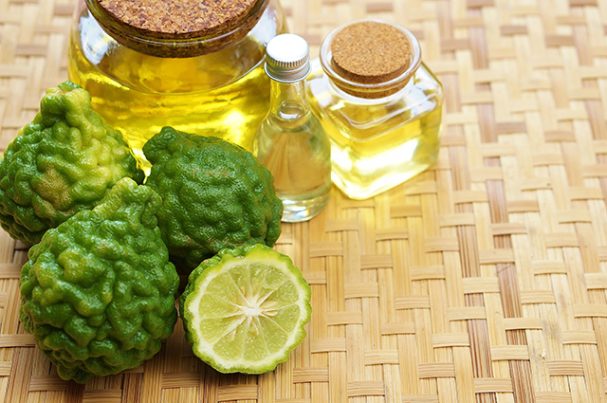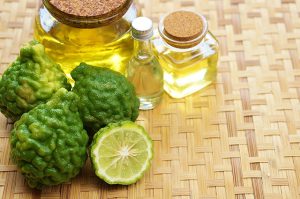
Bergamot sources, health risks
Tuesday, October 17, 2017 by Frances Bloomfield
http://www.naturalpedia.com/bergamot-sources-health-risks.html

The bergamot (Citrus bergamia) is a small tree belonging to the Rutaceae or citrus family, a group of aromatic trees and herbs. Bergamot is endemic to tropical Southeast Asia, though is now cultivated in numerous subtropical regions all over the world. A bergamot tree normally bears smooth and oval-shaped leaves, white flowers, and small round fruits that start out as green but turn yellow as they mature. The name of this plant is believed to be derived from “Bergamo”, a town in northern Italy that produced and sold bergamot oil.
The fruit or bergamot orange is an essential ingredient in Earl Grey tea. Bergamot essential oil, on the other hand, has carminative, antiseptic, and antispasmodic properties that make it useful for treating digestive ailments like bloating and indigestion.
While generally helpful, there are still a number of health risks associated with bergamot, particularly bergamot essential oil.
Harmful effects that can be caused by bergamot
Applying bergamot essential oil to the skin has notable side effects. For one, bergamot essential oil can lead to phototoxicity or photoirritation, a chemically-induced skin irritation caused by light. This effect is believed to be caused by bergapten, a furocoumarin that becomes toxic after exposure to sunlight. This means that bergamot essential oil can, in turn, increase the risk of skin problems such as blisters, rashes, scabs, and sunburns. In worst case scenarios, bergamot essential oil can make an individual more prone to developing skin cancer. To prevent this from happening, simply avoid applying bergamot essential oil before going outside or to areas with plenty of sunlight, or opt for bergapten-free bergamot essential oil.
In addition to greater phototoxicity, bergapten is known to decrease potassium levels and affect potassium absorption as well. A deficiency of potassium can cause an individual to experience muscle cramps, twitching, abnormal sensations in various parts of the body, and blurred vision. This effect has been observed with the frequent consumption of great amounts of Earl Gray tea, so limiting the consumption of this beverage can decrease a person’s susceptibility to potassium deficiency.
As with other essential oils, bergamot essential oil is highly irritating to the skin if used when it hasn’t been sufficiently diluted. Using pure bergamot essential oil can lead to blisters, redness, and changes to skin pigmentation that include patches of lighter skin. People who have citrus fruit allergies or sensitive skin are more vulnerable to the negative impact of bergamot essential oil on skin, so they’re advised against using it altogether.
Body systems harmed by bergamot
The skin is most at risk from bergamot essential oil use due to the irritating and phototoxic effects it has. Though its ability to lighten skin pigmentation has made bergamot essential oil a popular natural remedy against vitiligo, its use on the skin should still be limited due to other potential side effects.
Where to learn more
Summary
Bergamot is generally helpful and beneficial towards overall health, however it can be harmful depending on how and where it’s used. The bergamot in Earl Gray tea can lead to potassium deficiency when too much of it is taken over long periods of time. On the other hand, bergamot essential oils can increase phototoxicity and lead to sunburn, blisters, rashes, and even skin cancer. Undiluted bergamot essential oil is just as harmful to the skin as it can cause skin pigmentation changes.
Sources include:
Herbal-Supplement-Resource.com
FoodReference.com
OrganicFacts.net
Livestrong.com
Tagged Under: Tags: Bergamot






